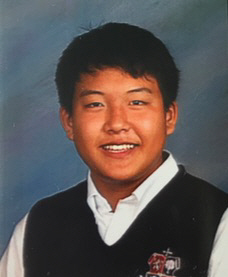Heat Effect
2017-07-31 (월) 12:00:00
Jisoo Ku, 9th Grade, Jserra Catholic HS

Jisoo Ku
9th Grade
Jserra Catholic High School
Heat Effect
Over the past few weeks, the state of Arizona has been struck with a series of heat waves that have left towns and cities sizzling. Record-breaking temperatures were set, with average temperatures in Phoenix consistently exceeding 110 degrees (hitting 122 degrees at times). I happened to be passing through a town in Arizona for a baseball tournament, but even before leaving our team van, I felt the scorching heat clawing at me. No shade could offer shelter from the ubiquitous heat. Even when indoors, no amount of air conditioning or cooling could counteract the lethal weather. The weather was led to the most ridiculous of events, when my teammates and I were trapped within a small elevator for roughly an hour when the heat caused a mechanical problem with the elevator gear.
In dry and hot weather, it is imperative to be cautious of fires. Such conditions are particularly conducive to allowing the slightest of sparks flare into a larger, more uncontrollable, flames. Our time in Arizona coincided with the Fourth of July weekend, so the coaches, parents, and players decided to have a Independence Day firework show of our own. But the moment we launched the fireworks, rather than the flame rising, it veered sideways, hitting the sidewalks and lashing out in the midst of surrounding bushes. Flame immediately went up, and the adults ran to take action.
Chaos theory, also known as the butterfly effect, states that our universe will exhibit a lack of order even when most of the things we see and understand follow a set of physical laws. Heat is everywhere. It’s both a necessity and a commodity when it comes to the function it serves in the grander scheme of things. However, as shown by these drastic situations in the sweltering weather of Arizona, even the most ubiquitous of things can spark into something completely effect.
<
Jisoo Ku, 9th Grade, Jserra Catholic HS>

